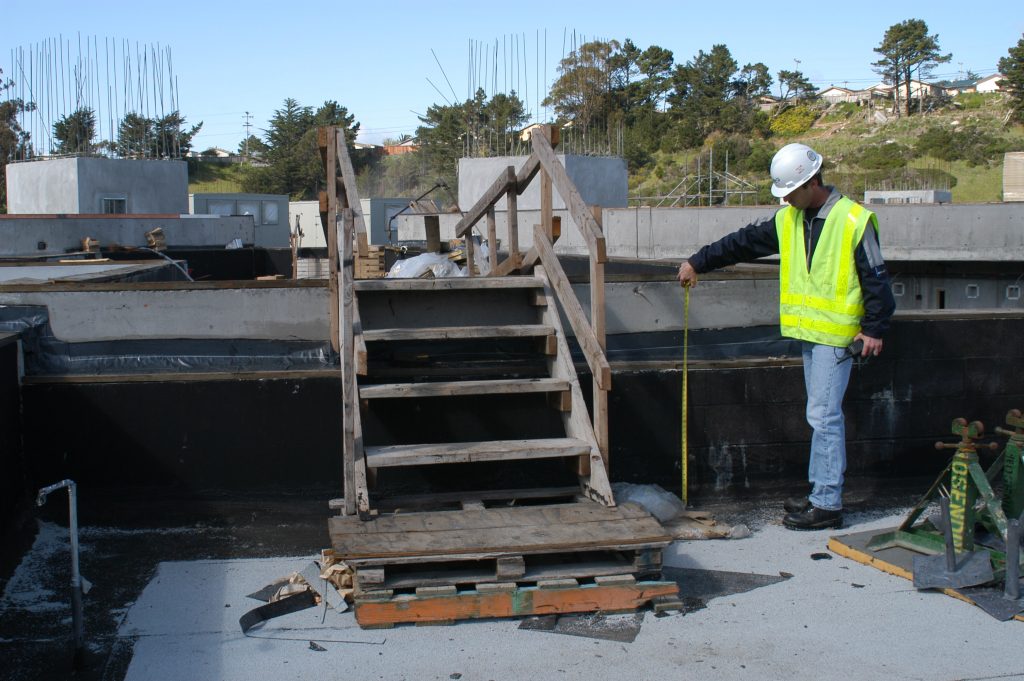
Employees who work on roofs or other elevated surfaces experience fall hazards as part of their daily work. As such, a fall protection course is important (and maybe required) for these individuals.
What is considered a fall hazard? A fall hazard is any workplace concern that could cause an unintended loss of balance or bodily support and in turn, result in a fall. A few examples of an accident that could be caused by fall hazards include:
- A worker who is walking near the edge of a loading dock falls to a lower level.
- A worker climbs a defective ladder and falls.
- A weak ladder collapses due to the weight of a heavy worker who is carrying tools or equipment.
- A worker carrying a bulky or heavy box falls down a stairway.
Why We Need Fall Protection
Unsurprisingly, falls are among the most common causes of serious work-related injuries and deaths in the workplace. Employers need to take precautions in the workplace to prevent employees from falling off overhead platforms, elevated work stations, ladders, or holes in the roof floors and walls.
The U.S. Bureau of Labor Statistics data shows that falls from an upper to a lower level are the most frequent type of fatal fall in the workplace. Most of those occur when an individual falls from roofs, ladders, and scaffolds.
What the Fall Protection Standard Covers
For most industries, the trigger height for providing fall protection is 4 feet. However, there are exceptions for work in construction, scaffolding, fixed ladders, dangerous equipment, and utility work. From the beginning, OSHA requires that fall protection be provided at elevations of four feet in general industry workplaces, five feet in shipyards, six feet in the construction industry, and eight feet in long shoring operations. In addition, OSHA requires that fall protection be provided when working over dangerous equipment and machinery, regardless of the fall distance.
In construction industries, with the fall protection guideline being at six feet, employers need to provide worker training, safety equipment, and other means of protection for workers who will be on ladders, scaffolds, or higher levels that meet or exceed the six-foot minimum.
In the skylight industry, the guidelines regarding holes (Holes – 29 CFR 1926.501(b)(4)- https://www.osha.gov/Publications/OSHA3146.pdf) are very important. OSHA guidelines for workers around holes include:
- Each worker on walking or working surfaces must be protected from falling through holes (including skylights) that are more than 6 feet above lower levels, by personal fall arrest systems, covers, or guardrail systems erected around such holes. 29 CFR 1926.501(b)(4)(i).
- Each worker on a walking or working surface must be protected from tripping in or stepping into or through holes (including skylights) by covers. 29 CFR 1926.501(b)(4)(ii)
For more information about fall protection awareness and prevention in the skylight industry, the AAMA has published a website with more information. This site has many tips and guidelines to prevent accidents around skylights and provides information regarding the relatively minor risks associated with this type of work.
Vtech Cares
Vtech Skylights knows that fall protection is important. Some of our certifications include meeting or exceeding the OSHA 29 CFR certification, ASTM Draft E06.51.25 and even passing a test that doesn’t exist–something we call “Extreme Fall Protection.” Our goal is to keep anyone and everyone working in the industry as safe as possible. If you would like more information about fall safety when it comes to skylights, we encourage you to connect with us at Vtech. Additionally, details about workers’ rights and safety can be found on the OSHA website, AAMA site, or by contacting these groups directly by email or phone. We want to help you achieve safe installs and repairs as well as long-lasting, safe glass for your skylights.